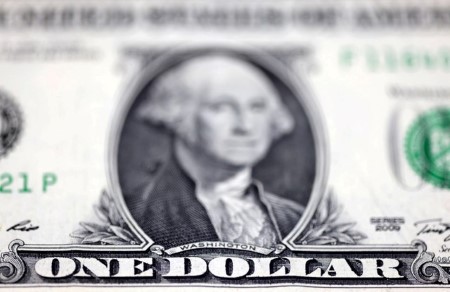




Monthly Economic Update: One for the road
 DOWNLOAD
DOWNLOAD

Inflation Update: Still low, still slow
 DOWNLOAD
DOWNLOAD

Philippines Trade Update: Exports momentum continues
 DOWNLOAD
DOWNLOAD


US yields move higher with payrolls report on deck

NEW YORK, Oct 6 (Reuters) – The yield on the benchmark US 10-year Treasury rose on Thursday after a reading on the labor market showed unemployment benefit claims rose by the most in four months last week ahead of the monthly payrolls report.
Yields briefly moved lower after the data that said initial jobless claims rose by 29,000 to a seasonally adjusted 219,000 versus expectations of economists polled by Reuters for 203,000 applications. Some of the rise, however, was attributed to Hurricane Fiona as filings surged in Puerto Rico in the wake of the storm.
Investor focus now turns to the September jobs report, with expectations for nonfarm payrolls to increase by 250,000 jobs and the unemployment rate to stay unchanged at 3.7%.
“Everybody is kind of waiting, that’s why we are a little bit rangebound both on stocks and bonds because if that jobs report print is really hot, that could be a big negative for bonds and crush the stock market, or vice versa,” said Jay Hatfield, founder and CEO of Infrastructure Capital Management in New York.
“Claims were pretty weak today and those are leading indicators of employment but notwithstanding that, the employment report is what everybody is waiting for to see whether we head back to the 4% level.”
The yield on 10-year Treasury notes was up 5.9 basis points to 3.818%.
Treasury yields have been sensitive this week to any signs the labor market might be slowing in hopes it would give the US Federal Reserve room to pivot to a less hawkish policy stance and slow its rate of interest rate hikes after three straight increases of 75 basis points (bps).
But Fed officials have been consistent in recent comments that the central bank will take aggressive measures in hiking interest rates to combat rising inflation, raising concerns among investors it could tilt the economy into a recession.
On Thursday, Minneapolis Federal Reserve Bank President Neel Kashkari said the Fed has “more work to do” on bringing down inflation, and is “quite a ways away” from being able to pause its aggressive interest-rate hikes.
Echoing those comments, Federal Reserve Governor Lisa Cook said US inflation remains “stubbornly and unacceptably high” and requires continued interest rate increases ensure it begins falling while Chicago Federal Reserve Bank President Charles Evans said the Fed’s policy rate is likely headed to 4.5%-4.75% by the spring of 2023 as it tries to curb inflation.
The yield on the 30-year Treasury bond was up 2.5 basis points to 3.790%.
A closely watched part of the US Treasury yield curve measuring the gap between yields on two- and 10-year Treasury notes, seen as a reliable indicator of a recession when inverted, was at a negative 42.5 basis points, up from the negative 57.85 hit on September 22.
The two-year US Treasury yield, which typically moves in step with interest rate expectations, was up 9.1 basis points at 4.241%.
The breakeven rate on five-year US Treasury Inflation-Protected Securities (TIPS) was last at 2.346%, after closing at 2.319% on Wednesday.
The 10-year TIPS breakeven rate was last at 2.215%, indicating the market sees inflation averaging 2.22% a year for the next decade.
(Reporting by Chuck Mikolajczak; editing by Jonathan Oatis and Nick Zieminski)
This article originally appeared on reuters.com





 By Reuters
By Reuters